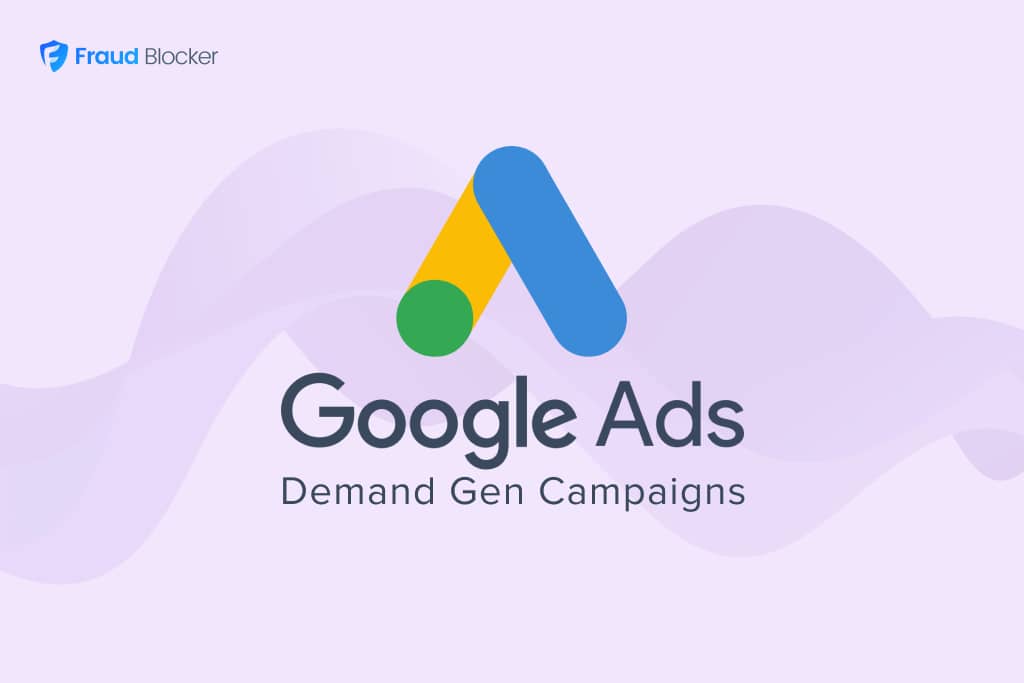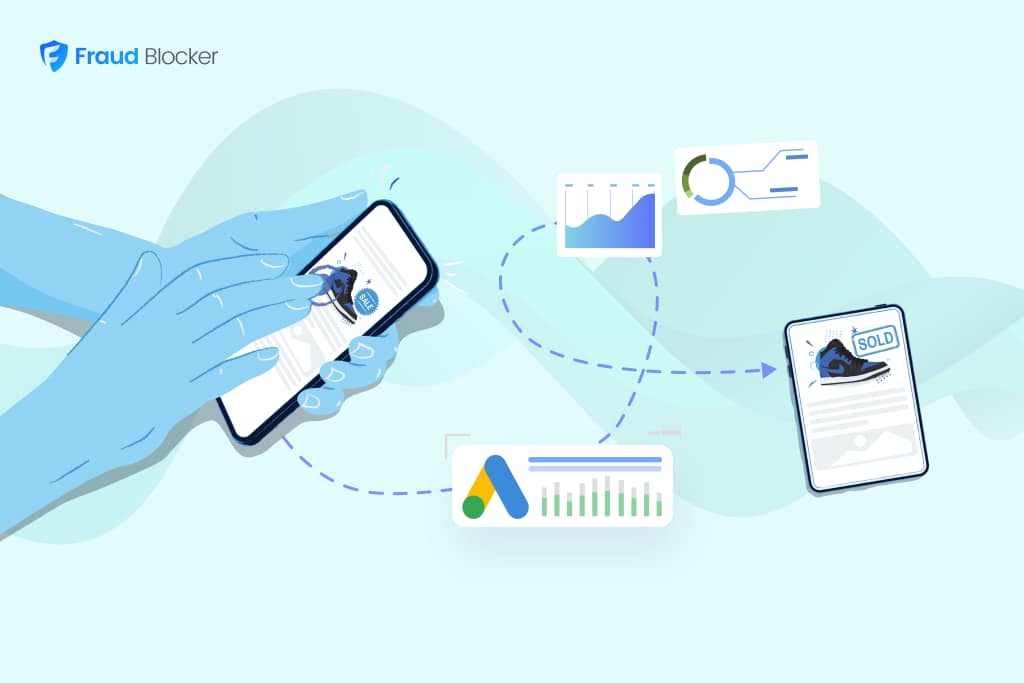
NEW New feature: Verify & block fake emails

We improve your ad performance by blocking click fraud and fake emails

Click fraud is costing advertisers billions in loses. Learn more here.

Click fraud is costing advertisers billions in loses. Learn more here.

[This post was authored by Fraud Blocker’s Founder and CEO, Mike Schrobo]
Demand Gen Campaigns allows businesses to reach potential customers across Google’s most popular feeds, including YouTube (including YouTube Shorts), Discover and Gmail.
These ads utilize Google’s advanced machine learning algorithms to deliver personalized ad content to users based on their online behaviors, interests, and engagement patterns, creating opportunities for businesses to connect with audiences in a more intuitive and engaging way.
Demand Gen campaigns run your ads on Gmail, Discover feeds, and YouTube. By incorporating video ad formats, you can now showcase your ads within streams and YouTube Shorts, as well as directly in the feed.
Note: Google will run your ads on A LOT of video content. In fact, expect over 95% of your Demand Gen impressions to be served to YouTube content. While video can be extremely powerful, it’s also notoriously known for high accidental click rates and massive ad fraud.
Where your ads appear on Demand Gen campaigns
Broad Reach: Tap into Google’s extensive network, reaching over 3 billion users across YouTube, Gmail, and Discover.
Automated Targeting: Leverage Google’s machine learning for smarter targeting, showing your ads to users most likely to be interested in your offerings.
Simplified Campaign Setup: Demand Gen can be less overwhelming for new users with less options and a simplified setup process.
High Engagement: With large, personalized ads, businesses can capture the attention of potential customers more effectively.
Seamless User Experience: Provides users with a less-disruptive browsing experience, increasing the likelihood of engagement and conversion.
“Discovery Ads” has been retired and and it was replaced with “Demand Gen” ads for all Google Ads accounts in January 2024.
They are very similar but Demand Gen offers more reach, bidding and targeting options. Here’s a full breakdown:
Demand Gen vs Discovery Ads
In short, Performance Max servers your ads across Google’s entire ad ecosystem, including search and display, while Demand Gen only uses YouTube, Gmail and Discover.
Performance Max campaigns are the more versatile of the two, utilizing Google’s AI and machine learning capabilities to optimize ads across all Google’s platforms based on specified conversion goals. This approach allows advertisers to maximize their reach and performance by automatically finding the best ad placements and formats across Google’s entire ecosystem.
On the other hand, Demand Gen campaigns are specifically tailored for engaging users in more personal and visually appealing ways. These campaigns leverage rich, creative formats to capture users’ attention as they are exploring their interests, making them ideal for driving brand consideration and connecting with audiences in a more curated environment.
Demand Gen vs Performance Max
During our test we created Demand Gen ads that had an average Ad Strength of 89%.
Here’s a small sample of the dozens of ads that were created:
Demand Gen ads are automatically placed across Google’s YouTube, Discovery, and Gmail, based on where they are likely to perform best. You have little-to no control over where they run.
You can’t target by keywords, content or placements. As an example, traditional display campaigns on Google allow more manual targeting options where you can choose specific websites you’d like your ads to appear on, or be excluded from.
Demand Gen campaigns allow you to target specific “audiences” that you create based on users with an interest in certain keywords or topics, but it’s not nearly as specific as traditional keyword-based targeting methods.
This can be frustrating to seasoned marketers that are used to more control over their ad targeting.
Here’s the initial placement and ad schedule results of our campaigns:
Results of Demand Gen campaigns.
There are a gazillion different ad sizes and specs for both desktop and mobile. We’re not going to repeat them here, but you can find them all directly on this Google Ads support page.
Just make sure that you add enough images, videos and headlines to maintain a high Ad Strength.
Use hidden, account-level targeting: Because targeting is more limited with Demand Gen campaigns, be sure to use the additional account-level targeting options. These are buried in your account settings in Google Ads and includes removing programming for kids, among other things.
Avoid running ads immediately after 12 midnight: This is a consistent issue with most campaigns on Google. Avoid over-spending by blocking the first few hours of the day when Google tends to serve the most ads since daily budgets reset.
Use Layered Audience Targeting: Since targeting options are more limited, make the most of audience targeting, including adding look-a-likes, in-market, and interest-based groups.
Relentless optimization: Because of the automated nature of Demand Gen, the default settings are very liberal. Your ads will run everywhere you let them. Do your best to tighten it based on your results.
Our test results show that Demand Gen just isn’t an effective way to advertise on Google.
Why Demand Gen didn’t work for us:
While I applaud their efforts to create campaign types that are easier to set up, the default settings for these are far too loose and have a great propensity to spend your budget fast. Remember: Google is a public company and appeasing share-holder value by increasing your ad spend creates a conflict-of-interest for its users. In my opinion, it appears Google is more interested in finding ways to sell their long-tail inventory and boosting your ad spend, then they are in producing results for you.
As an experienced performance marketer, I much prefer Google’s non-automated campaigns – Google Search and Display – with rich targeting options and far more control over where your ads run. This comes at a cost, however, of a greater learning curve, but the trade-off is worth the effort.
You can use Demand Gen if you have a large budget and want to experiment a bit, but for smaller businesses or those new to Google Ads, I simply can’t recommend it.


